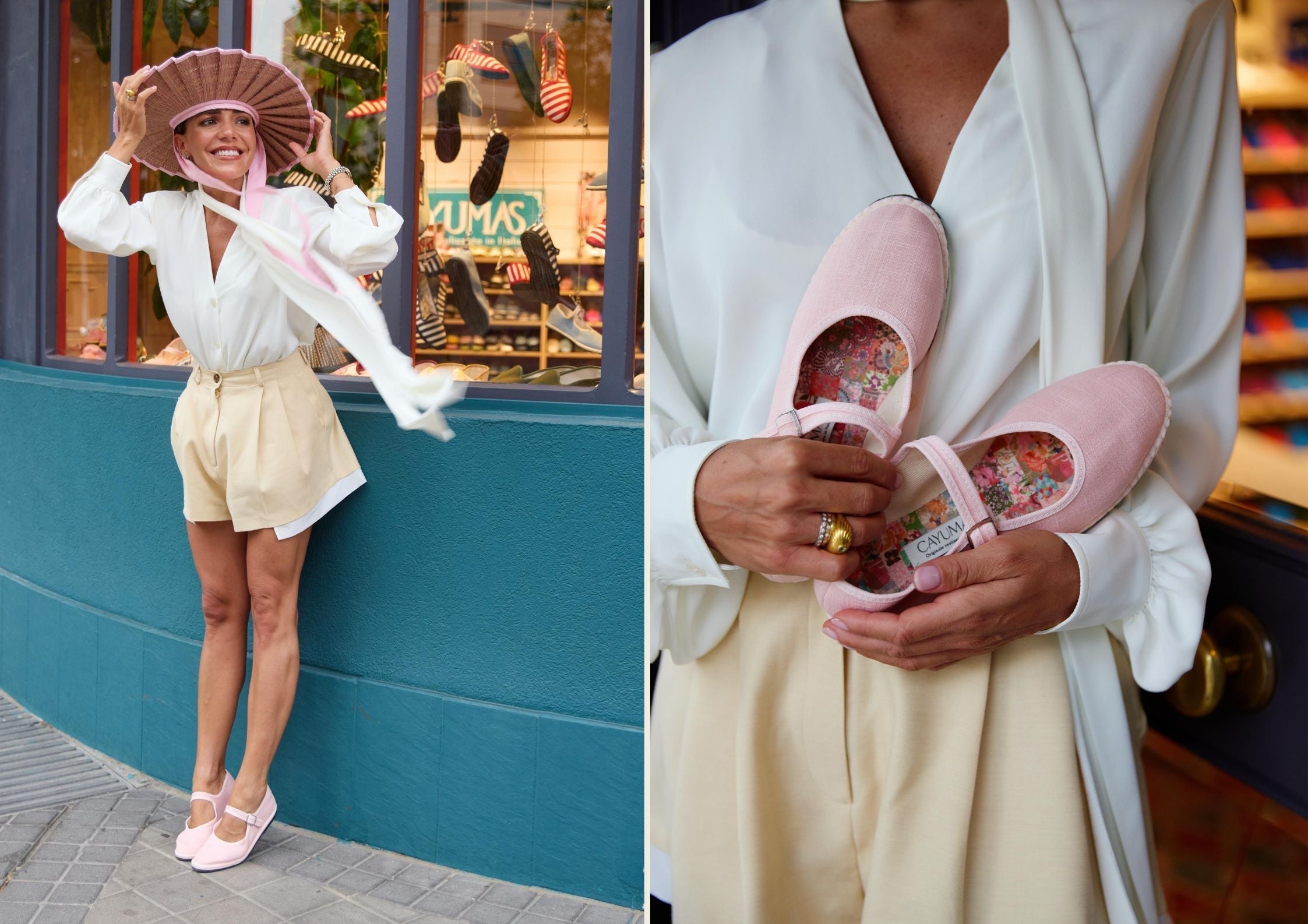Paula Ordovás is a journalist and one of the pioneers of influencer marketing. She has developed her own brand, a communication agency and a fitness platform. From her story of personal overcoming, she has published her second book, La Chica de los Ojos Marrones, and is starting a new stage as a transformational, which has led her to receive the Fearless Mujer: Influencer with Values award.
In your latest book, “The Girl with the Brown Eyes”, you make such a bold opening about deeply painful experiences. What role do creativity, writing, fashion even physical training play in your emotional healing process?
“They’ve all been absolutely essential in my healing journey. Each one has been part of what I call “my lifeline.” Creativity brought light to the darkest days of my childhood. Recreating beauty in various life areas decoration, gastronomy, fashion, interior design has been key to healing, preventing the traumatic experiences of my early years from crushing me. Writing, for me, is also a form of creativity. I studied journalism, and expressing myself through writing has always been a therapeutic way to give names to my emotions.
On the other hand, physical training has been my medicine my way of meditating and connecting with the deepest parts of myself. On a psychological level, exercising and maintaining a healthy diet regulate cortisol levels naturally. I used to live with cortisol sky-high and permanently on high alert. Running became a means to manage anxiety and stabilize my cortisol.”
What finally pushed you to write it?
“Raising my voice was the first big step toward healing. Saying it out loud reconnected me with the girl I once was. It allowed me to feel and that’s something I had avoided for 36 years, out of fear of feeling vulnerable again. I felt most vulnerable at age four, and that’s when I was hurt the most. Speaking up was my form of protection.
During the writing process of The Girl with the Brown Eyes, I was able to organize everything that happened, understand myself better, and uncover blocked memories. This book was first for me by me. But when I finished it, I realized it could help many others. It’s not a book about pain, but about what to do with it. It’s a story of hope. How to transform pain and thrive in all areas of life despite it.”
Which chapter was the hardest to write, or the one you feel most connected to?
“Without a doubt, facing the relationship with my mother was the hardest. Not only in writing the book, but also in therapy and reconnecting with my inner child. The harshness of my upbringing as a mother myself now has been the most difficult thing to heal. When this kind of behavior comes from a mother, it’s incredibly hard to detach and forgive. You carry guilt deep in your bones.
You have a profound appreciation for details from your wardrobe to how you present your home.”
How important is craftsmanship and handmade work in your daily life?
“For me, the little things give life meaning, especially when everything gets complicated and the path gets rough. Seeing beauty in small details and in your surroundings when you’re going through darkness guides you toward the light and helps you rebuild. It gives you a balance that helps you survive and rise like a Phoenix. You can lose absolutely everything in life except your attitude, and that choice is what gives meaning to our existence. Finding beauty in the darkness gave meaning to mine.”
You lead several projects: an agency, a store, a wellness community, a personal brand, and now an intimate book. What did you discover about yourself developing these projects?
“Definitely, I discovered that mistakes are essential for growth; they offer the greatest lessons, and having a strong team around you is vital for growth and success.”
Which was the first project that you felt was “authentically yours”?
“Without a doubt, Casa Manuela, our art and wellness retreat in Marbella. A project my husband and I launched that brings together the most important elements for life balance. Everything revolves around beauty, well-being, and total disconnection from the world to connect with your deepest self. Artists from different disciplines and corners of the globe contribute to this experience textile art, painting, sculpture, ceramics, gastronomy all wrapped in pure beauty and deep reflection.”
How important are shoes in your daily life?
“I’d say I’m a shoe lover it’s the largest section of my closet.
Shoes are the finishing touch that bring a look to life. They let you shift an outfit from elegant to casual without changing clothes. Shoes say a lot about personality it’s a way to get to know the person you’re facing.”
Where in the world would you like to explore wearing your friulane?
“A dream yet-to-be-visited destination: New Zealand.”
What would be your perfect Cayumas?
“I’m dreaming of a fun version of Cayumas with jute and colorful beads perfect for summer!”




